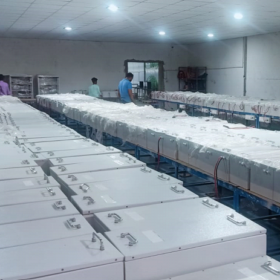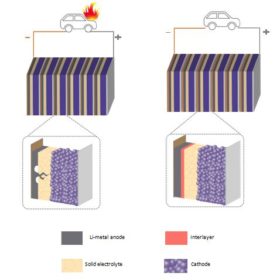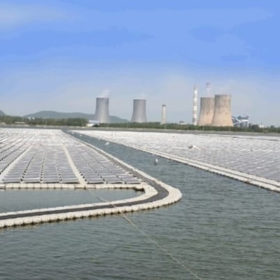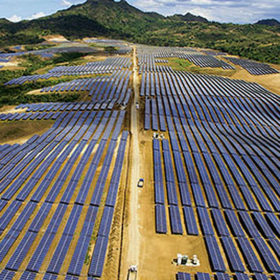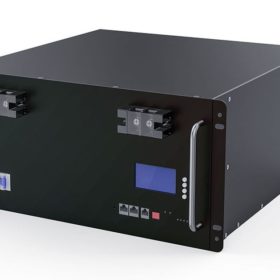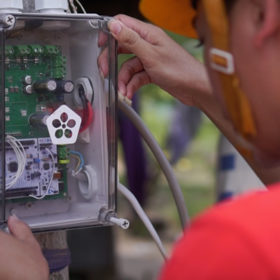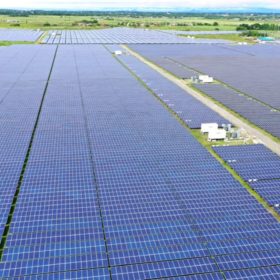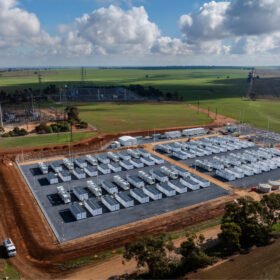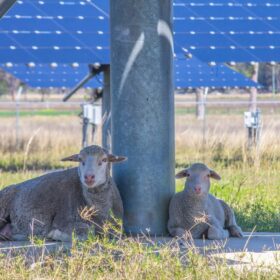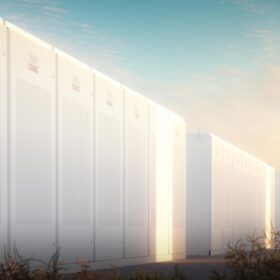Indian manufacturer plans new lithium battery factory
India’s Sanvaru is expanding its lithium battery production capacity to 400 MWh per year by setting up a new factory in the Indian state of Uttarakhand. Its devices are used for stationary and EV storage.
Chinese polysilicon producer shuts down factory due to fire
East Hope has halted production due to a fire at its factory in the Zhundong Economic and Technological Development Zone, in China’s Xinjiang region. pv magazine recently spoke with polysilicon analyst Johannes Bernreuter about the possible consequences of the fire on the supply chain.
Indian researchers find way to stop dendrites in solid-state lithium batteries
Researchers from the Indian Institute of Science, Bangalore, have found that nanoscopic refractory metal layers like tungsten could improve dendrite growth tolerance in electrolytes of solid-state Li-ion batteries. The team collaborated with researchers from Carnegie Mellon University.
India’s largest floating PV plant goes online
Tata Power’s engineering, procurement and construction unit has commissioned a 101.6 MWp floating solar project in the Indian state of Kerala.
Philippines allocates 1.57 GW of solar in 2 GW renewables auction
The main winner of the first renewables auction in the Philippines was developer Solar Philippines Nueva Ecija Corp. (SPNEC), which secured five solar projects, or 1.35 GW of capacity.
Indian manufacturer unveils battery with solar storage
India’s Natural Battery Technologies has developed lithium-based battery inverters that can be charged with solar power. The batteries are designed for residential and commercial use, with storage capacities typically ranging from 1.5 kWh to 20 kWh.
Longi unwraps reasons behind green hydrogen shift
In recent years, Longi has turned its attention to green hydrogen. Li Zhenguo, company founder and CEO, speaks with Vincent Shaw in Shanghai about the strategic shift and how coupling this technology with solar PV will be key to achieving carbon neutrality.
Okra Solar secures $3 million to bankroll mesh-grid expansion
Australian renewable energy tech start-up Okra Solar has raised $3 million to scale up distribution of its solar-based hardware and software solutions and electrify more than 290,000 off-grid homes in Nigeria in the next three years while expanding its operations in Haiti and other countries.
Philippines approves 24 bidders for 2 GW renewables auction
Eight of the 24 bidders in the latest renewables auction in the Philippines are focusing on solar, along with eight bidders looking at wind, seven linked to run-of-river hydro, and one connected to biomass.
Solar auctions in India to attract large developers
A new report shows that renewable energy companies will continue to compete in upcoming auctions in India, undeterred by challenges such as rising materials costs and surging interest rates.
